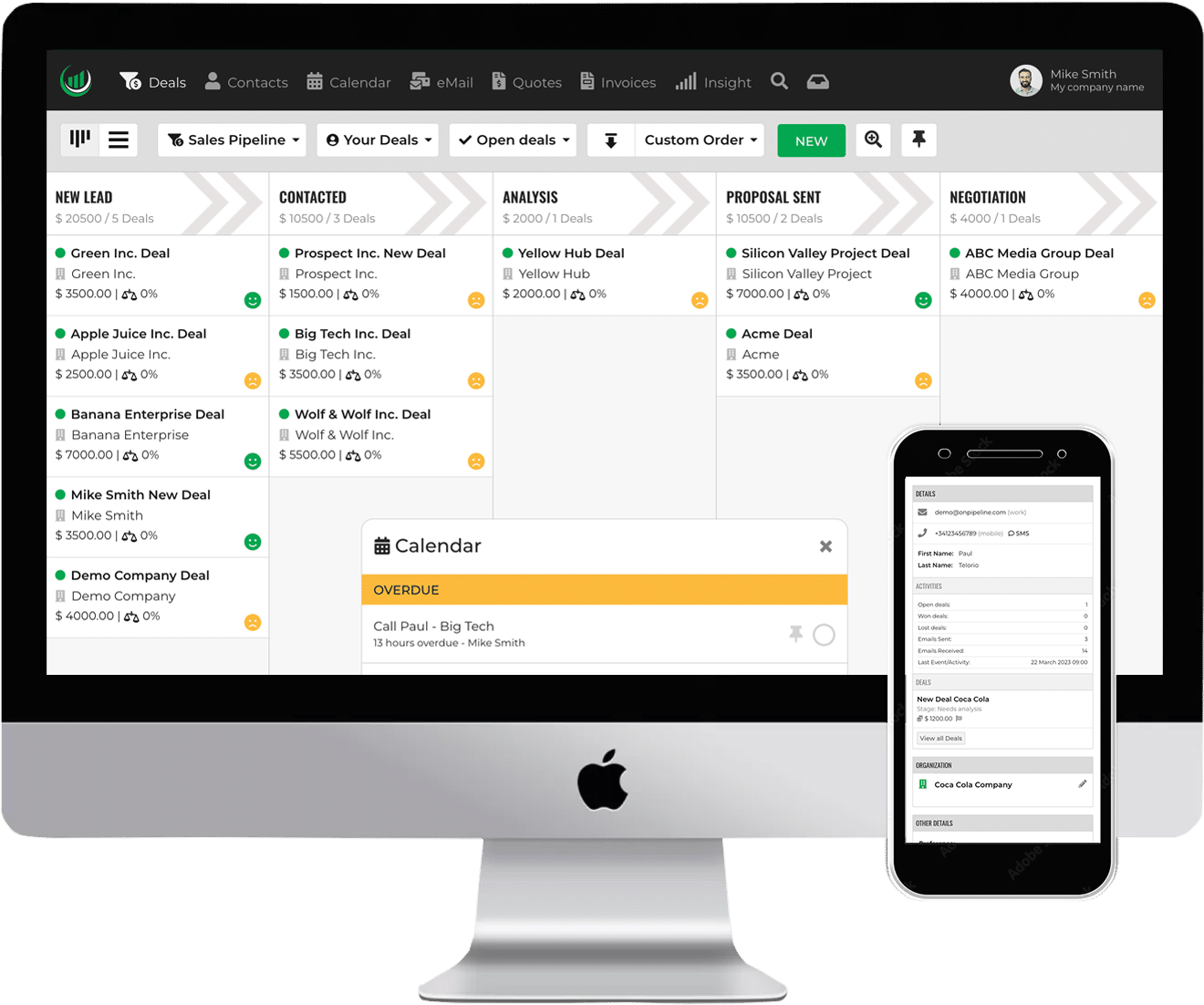1. Listen
Silence is a great weapon. Let others speak because you add information and find more confidence on your arguments. Letting them speak increases empathy and you have to understand the requests, the hidden problems, the value even of the unspoken.
2. Never denigrate your competitors
It is the classic mistake of sellers to say that the competitor’s product does not work, that it is less good and that you know customers who are unhappy with the competing brand.
It’s better present the features without mentioning your competitors “I present this because it is really important. Not all products on the market have this and it is a real advantage”.
If you need a comparison with the competition (some customers ask it), say that “you are not on the same market”, that your value is focused on a different point, so as not to fall into the trap.
You may be asked to justify your denigration tomorrow when chance or life’s events lead you to sell today’s competitors’ products.
3. Never say “it is the same but cheaper”
The differences must be obvious and then it is best to indicate what your product does best. Never put forward only the price, but the service, intangible values, reputation, experience, knowledge.
It is always better to develop other topics, such as ease of use, some particular functions and remember that if a customer only talks about price, he does not value anything else.
4. Never contact the client without a plan
Adapt the sales presentation to the context. Get a picture of the context and give examples. Make a plan B, because things may turn out differently than you think they are.
Also prepare a plan C, with very different topics from the first two. For example, divide the projects into the scalable phases, if you understand that price and payment are a barrier to purchase.
5. Anticipate objections
Always put yourself in the customer’s shoes, anticipate objections and prepare your arguments. As you list the arguments for it, learn to list the arguments against that might come into question. If you work together with other people, create a sales situation, a situation theater, and set up a role play between a seller and a buyer.
6. Never say that it is negotiable
A price is justified by the benefits and the answer must be left to the customer. If absolutely necessary, ask “What do you think?”,
But don’t lower your pants before any reaction. If the objection were: “You are expensive”, the reason is based on the differences with other products. Offers and concessions are always “unique and unrepeatable” and always come from a higher authority.
7. Remember to bring a small gift
Offering a gift is always a nice and it is instinctively reciprocated. And it is always a way to get a minimum of kindness and attention. A gift in promotions is always a sales aid.
8. People like to buy
Never force people to buy your products. Products are bought to solve a problem, but we must not forget that any purchase is emotional, the rational justification comes later. Don’t lie, don’t overdo it, you are proposing a solution, a help in solving problems. Customers must be reassured, you need external studies, the help of your collaborators, the opinion of your customers.
9. Use psychological levers
Security
There are many topics related to physical or psychological safety. Satisfaction guarantees, money back guarantees, quality marks, etc.
Pride
What are the arguments that enhance the buyers’ ego and show that it is not like the others? Remember that there are always people who are proud of having an object first, proud of being recognized.
Comfort
Meets a need, the ease of use, the accessories, free delivery.
Money
The value for money, the economies that will be produced, the duration of the product.
10. Always ask what the next step will be
After all the arguments have been raised and all the doubts have emerged, the objections have been resolved, that there are no other problems for the client, you must always ask to continue to the next step.
11. Use the sales pipeline to build trust
The enhancement of individual skills is necessary to make that change of pace required by today’s economic scenario. Here are some tips to better manage your CRM:
Integrate systems
It is necessary to connect and integrate the other company IT systems to the CRM platform. This allows both data qualification and acceleration of procedures.
Streamline the activity
Automate, where possible, the procedures for acquiring customer records. The creation of a team that works to complete the information, allows sales reps to speed up contact operations.
Sales Pipeline
Rationalize the sales pipeline by reducing its length. An excessive number of steps significantly increases the closing time of contracts or, in the worst case, inhibits them.
Through the pipeline it is possible to define both personal and group objectives to be achieved. Sales reps finally have more effective tools at their disposal to carry out activities on customers.
Geo Tools
The use of geo tools and applications such as the mobile version of CRM allows for better mapping of customers in the area, optimizing available resources and reducing travel costs.
Monitor activities
Thanks to the correct use of the pipeline, the sales manager can monitor all the activities of his team members, both in terms of turnover and with process indicators that highlight the sales phases and the missing follow-ups.


